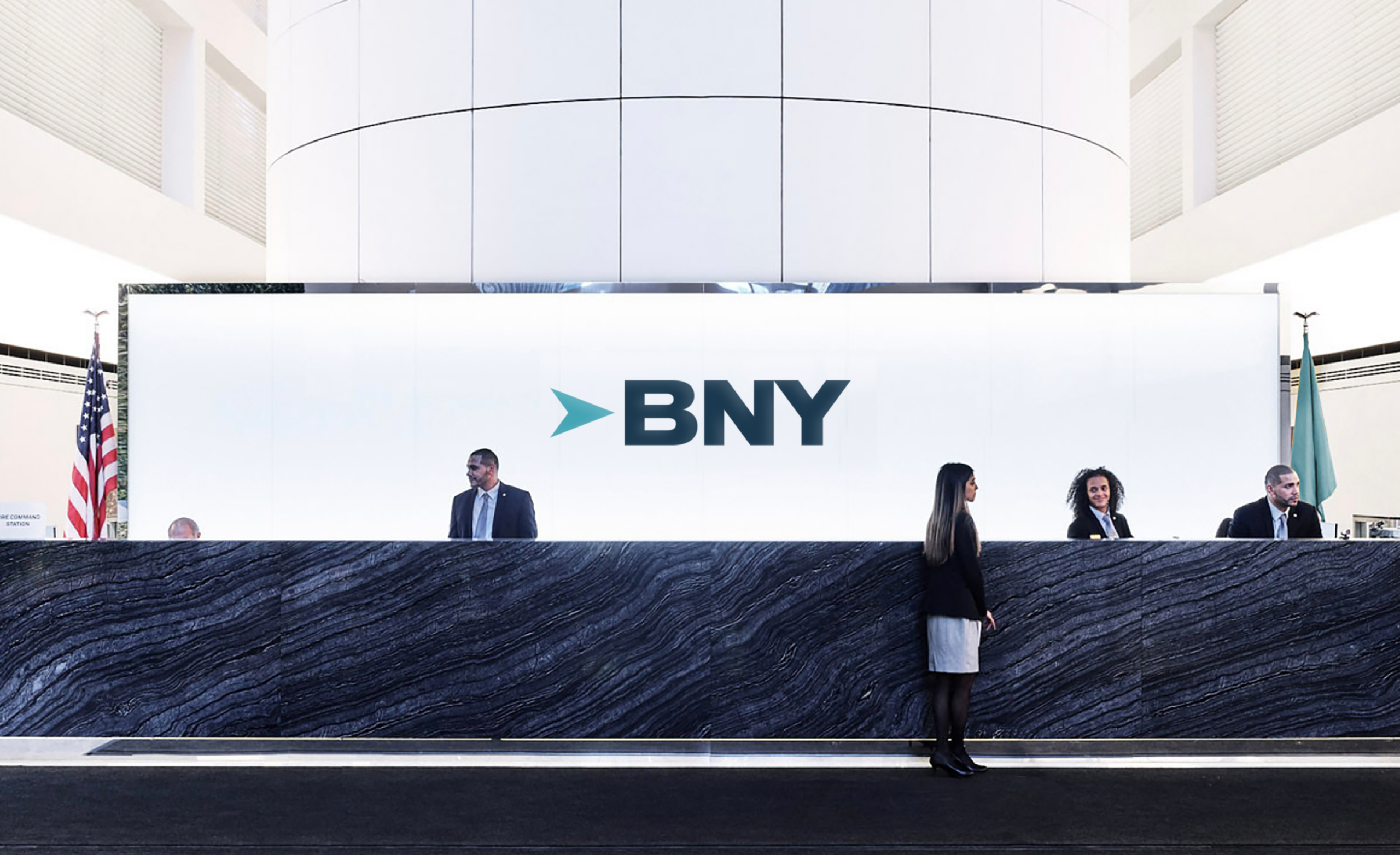
Laura Achiro, Gerry Gunner and Neha Bora

A circulation of funds framework is a means of understanding and monitoring the motion of economic belongings between totally different sectors of the financial system. This weblog particularly analyses UK company and family sectoral flows from 2000 to the current and highlights how this framework can reveal helpful developments and indicators for policymakers about the true financial system. For example, the buildup of debt within the pre-global monetary disaster (GFC) period by households and corporates was a warning sign that indicated a number of potential dangers and vulnerabilities within the financial system, together with overleveraging and asset value inflation.
In our evaluation, we have a look at the fluctuation of the excess revenue or deficit positions for households and corporates. Basically, every institutional sector runs an revenue surplus or deficit with each other in every interval, relying on how a lot revenue and expenditure every sector has. These sector deficits require financing in a method or one other, which is how the switch of economic belongings or liabilities comes into play. Internet lending represents the general surplus or deficit, and it’s theoretically the identical whether or not you have a look at it from the revenue or monetary account viewpoint. The sector steadiness sheets monitor the quantity of belongings and liabilities excellent in spite of everything of those flows have occurred, though the standard of the info for the sectors may range considerably.
We focus on key developments from 2000 to the current in an try to grasp the longer-term flows of funds out and in of the true financial system. All through the weblog, we argue that it’s helpful to have a circulation of funds lens to offer the ‘macro’ context through which ‘macro-pru’ coverage operates. Briefly, on this weblog we state a quick case for the way circulation of funds may be an efficient complement to the micro-data evaluation which underpins the evaluation of family and company dangers in latest monetary stability publications.
Evolution of the online lending positions of households and corporates
The pre-GFC period was a interval of sturdy development and low inflation, which coincided with a big growth of credit score. We utilise monetary accounts information in Charts 1 and a couple of to point out how UK corporates and households considerably elevated their debt burden.
Households’ internet place (Chart 1) declined from a surplus within the early 2000’s to a place the place the online place was near zero, pushed by sturdy development in borrowing from UK banks (denoted by aqua bars), partially offset by financial savings inflows into banks, insurance coverage, and pension funds (proven by purple and inexperienced bars). The rise in debt ranges noticed the combination family debt to revenue ratio (excluding pupil loans) enhance between 2004 to 2008. Whereas a rise in family debt can assist financial development by elevated client spending, excessive ranges of it could actually enhance the probabilities of monetary disaster, worsen the severity of a recession and curtail or stifle financial development.
In the meantime, UK corporates additionally elevated their debt ranges within the pre-GFC interval as they borrowed from banks (aqua bars in Chart 2) whereas additionally benefiting from the elevated accessibility to capital markets the place they issued bonds (inexperienced bars in Chart 2). In comparison with households, corporates relied extra on market based mostly finance, and to a lesser extent on financial institution debt, and the borrowed funds had been largely invested in industrial actual property and restructuring of steadiness sheets.
Through the GFC interval nonetheless, credit score circumstances tightened as banks withdrew credit score, and this led to each households and corporates changing into internet lenders to the financial system. Moreover, home costs fell considerably decreasing the worth of collateral, and households endured job losses which made it tough to maintain excessive debt ranges. This fall within the provide and demand for credit score may be seen from the discount in loans from banks to households and corporates proven by the aqua bars in Charts 1 and a couple of. Corporates and households responded to the financial uncertainty by adjusting their steadiness sheets by increase money deposits with banks, proven by the purple bars in Charts 1 and a couple of from 2009 onwards.
Chart 1: Family internet lending from the monetary account (a)

Sources: Workplace for Nationwide Statistics (ONS) and workers calculations.
(a) Closing information level is aggregated quarterly information in 2023 as much as 2023 Q3.
Within the post-crisis interval, financial institution lending requirements remained tight as seen by the decrease flows of financial institution loans to each households and corporates (aqua bars in Charts 1 and a couple of) from 2010 till about 2013. Corporates had been persistently deleveraging which decreased mixture funding and credit score development within the quick post-crisis interval.
Nevertheless, as disruptive results of the disaster abated from about 2013, to the onset of the pandemic in 2019/20, corporates raised debt within the capital markets in addition to by financial institution debt (aqua and inexperienced bars in Chart 2).
Chart 2: Company internet lending from the monetary account (a)

Sources: ONS and workers calculations.
(a) Closing information level is aggregated quarterly information in 2023 as much as 2023 Q3.
In 2020, the world was hit with a distinct sort of disaster that had financial results on households and corporates
Charts 1 and a couple of proof how the shift in monetary imbalances following the Covid pandemic had been a stark distinction to the consequences of the monetary disaster. Issues about industrial financial institution viability in the course of the GFC led to a contraction in credit score availability that had damaging results on the true financial system. Alternatively, the pandemic initially led to a fall in demand as a result of lockdown restrictions and financial uncertainty. Households and corporates each accrued financial savings resulting in an general enhance in deposits with UK banks, with family and company deposit accumulation (purple bars in Charts 1 and a couple of) reaching a peak in 2020.
The pandemic noticed the family internet lending place enhance to a historic excessive of round £180 billion, (Chart 1). Within the meantime, corporates decreased their debt ranges particularly company bond issuance (inexperienced bars) as some components of economic markets closed for a time frame in 2022 for the riskier debtors reflecting further warning by buyers (Chart 2). The vast majority of massive corporates shunned considerably rising their debt ranges, though small and medium enterprises nonetheless took out debt on beneficial phrases supplied by government-backed schemes as seen by the aqua bars in Chart 2, primarily for precautionary functions. The corporates’ precautionary borrowing noticed liquidity enhance as they constructed up money buffers with UK banks (purple bars in Chart 2).
And within the aftermath of the pandemic, built-up deposits have unwound
Extra not too long ago, the prices of important items have risen quicker than family incomes, and lots of households have been pushed to save lots of much less and draw on their pandemic financial savings, to afford rising prices of dwelling and debt-servicing prices. Households have additionally lowered their debt accumulation, significantly of mortgages, as seen by the shrinking aqua bars in Chart 1 which symbolize the loans from UK banks. Taken collectively, these two pressures on households have led to decrease deposit flows into UK banks.
Corporates additionally responded to larger rates of interest by repaying debt (inexperienced and aqua bars), thus rising their internet lending place (Chart 2). The deleveraging decreased corporates’ gross debt to earnings ratio to 275% in 2023 Q3, down from its pandemic peak of 345% in 2020 This autumn. Whereas the combination place of UK corporates has improved, there stays a tail of corporates with excessive leverage. These extremely leveraged corporates are related to a larger chance of misery and refinancing difficulties. Much like households, corporates are displaying a discount in deposit ranges with UK banks in latest information (purple strains in Chart 2).
Summing up
This weblog sheds gentle on how the circulation of funds framework will help policymakers perceive the broader macroeconomic developments affecting households and corporates. Utilizing the circulation of funds framework, our narrative highlights a number of developments within the borrowing behaviours of households and corporates in numerous time intervals. For example, we observe sure developments for each households and corporates, resembling, within the pre-GFC period, we noticed credit score growth within the family and company sectors that in the end decreased the resilience of the true financial system throughout and after the GFC disaster. Extra not too long ago, in the course of the Covid pandemic and the years that subsequently adopted, households and corporates skilled shifts of their debt ranges owing to the federal government stimulus measures resembling enhanced unemployment advantages for households, and government-backed loans for corporates. As financial circumstances recovered within the quick aftermath of the pandemic, some corporates began deleveraging whereas households decreased their debt ranges. Understanding these flows from the monetary account is necessary to gauge the next accumulation of belongings and liabilities in the true financial system because it helps policymakers to set the ‘macro’ context. Due to this fact, on this weblog we argue that circulation of funds is an efficient complement to the micro-data evaluation which underpins our evaluation of family and company dangers in latest monetary stability publications.
Laura Achiro and Neha Bora work within the Financial institution’s Macro-financial Dangers Division and Gerry Gunner works within the Financial institution’s Worldwide Surveillance Division.
If you wish to get in contact, please e-mail us at bankunderground@bankofengland.co.uk or depart a remark beneath.
Feedback will solely seem as soon as permitted by a moderator, and are solely printed the place a full title is equipped. Financial institution Underground is a weblog for Financial institution of England workers to share views that problem – or assist – prevailing coverage orthodoxies. The views expressed listed below are these of the authors, and are usually not essentially these of the Financial institution of England, or its coverage committees.
Share the put up “Move of funds and the UK actual financial system”



